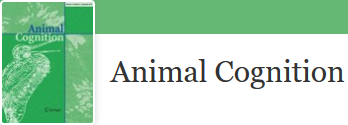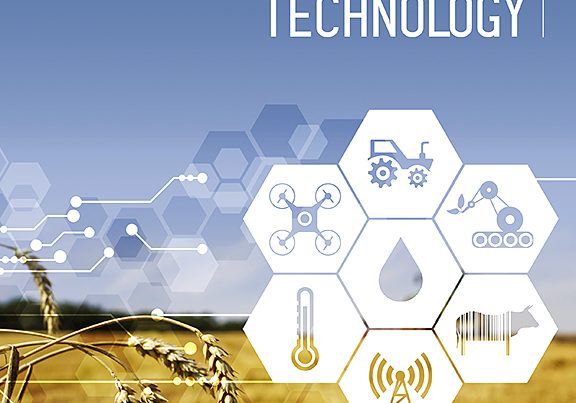Document type : Scientific journal published in Animal Cognition.
Authors: Plotine Jardat, Léa Lansade
Preview: In the past 20 years, research focusing on interspecific sociocognitive abilities of animals toward humans has been growing, allowing a better understanding of the interactions between humans and animals. This review focuses on five sociocognitive abilities of domestic mammals in relation to humans as follows: discriminating and recognizing individual humans; perceiving human emotions; interpreting our attentional states and goals; using referential communication (perceiving human signals or sending signals to humans); and engaging in social learning with humans (e.g., local enhancement, demonstration and social referencing). We focused on different species of domestic mammals for which literature on the subject is available, namely, cats, cattle, dogs, ferrets, goats, horses, pigs, and sheep. The results show that some species have remarkable abilities to recognize us or to detect and interpret the emotions or signals sent by humans. For example, sheep and horses can recognize the face of their keeper in photographs, dogs can react to our smells of fear, and pigs can follow our pointing gestures. Nevertheless, the studies are unequally distributed across species: there are many studies in animals that live closely with humans, such as dogs, but little is known about livestock animals, such as cattle and pigs. However, on the basis of existing data, no obvious links have emerged between the cognitive abilities of animals toward humans and their ecological characteristics or the history and reasons for their domestication. This review encourages continuing and expanding this type of research to more abilities and species.






